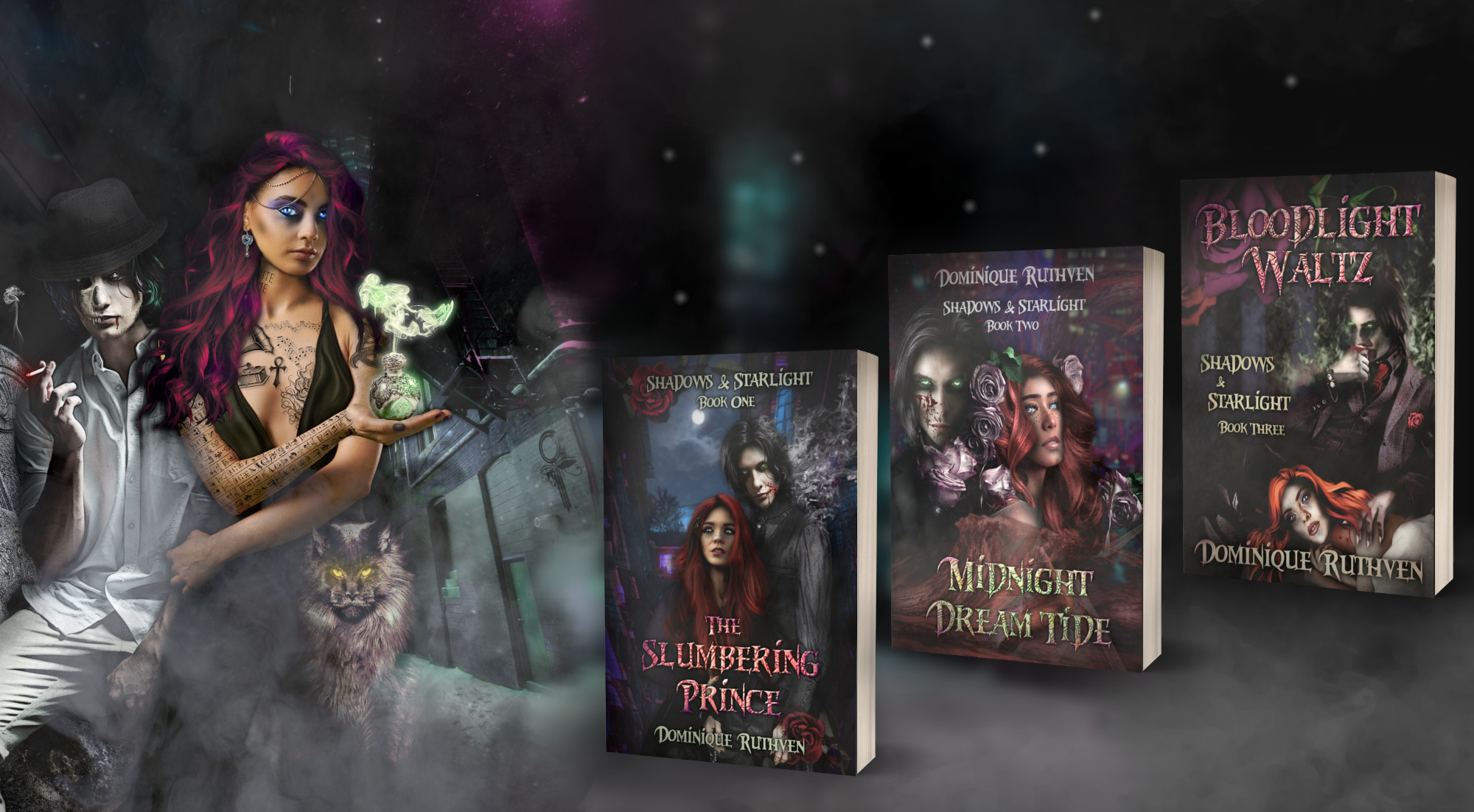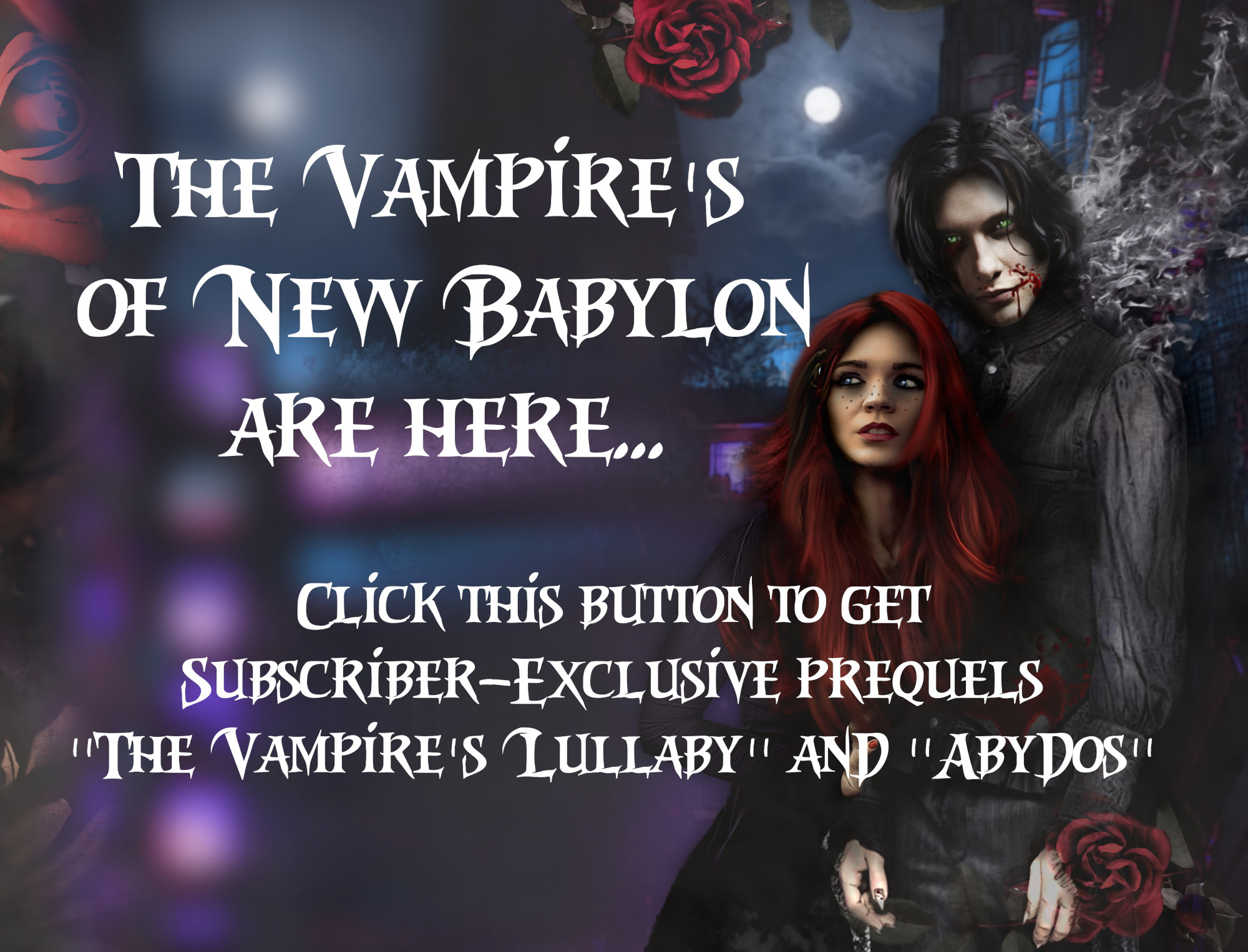The audience is, above all, the most important aspect to consider when writing. Otherwise, to whom are you sending your thoughts? I’m a firm believer in writing for yourself because that is where you draw your passion and your focus, but ultimately, we write to share something, to draw others into the world we’ve crafted with all the love and attention to detail of a creator.

Conveniently, Richard and I are members of the same audience we targeted and are attempting to reach. That audience is one in particular which is tired of the extremes of the genre, the polar opposites of vampirism. On the one side of the coin, many people will tell you that vampires MUST be monstrous. Too much inundation of series and movies such as Twilight and Vampire Diaries (though to a lesser extent) has softened society’s most adored monster. And, let’s be honest, the vampire is a monster, originating with tales of the dead (rotted and feverish) knocking on the doors of their closest, seeking an invitation to create more of their kind.
But there is a romance to this horror as well. The vampire uses gifts (some may call these curses) to gain access to an entire realm of possibilities, physical as well as psychic, crawling into the victim’s mind. Subduing her with illusions, or even simply paralysing her with fear. Irrespective of how horrifying the creature before them, people will still submit themselves to his pleasure under these circumstances.
In vampire lore, we have seldom been given the benefit of seeing things from the vampire’s perspective, which ruins the idea that the vampire may be a force of its own, something other than merely ‘monster.’ Tagged and stuffed away in the annals of horror along with werewolves, ghouls, and fearsome, ravenous blobs of goo (among others). The first novelist to have given us a clear perspective on how the vampire feels about being a blood sucking monster is Anne Rice with Interview with the Vampire. Not only was the book written in the first person voice, but it also dealt with issues that would later become relevant to us as we delved into our societal love of the vampire: How does being immortal feel? What are his thoughts on having to feed on friends and family? Does he feel remorse for his lost life or hatred for the one that turned him into this monster? Can he really feel hatred for the only other monster like himself?

Suddenly, the monster is a creature we can relate to. We, as a part of the audience, have to accept that he (or even she) was once a human being, an individual that thought and lived as we do. This hits us in two intriguing ways. The audience sympathises with the monster, understanding the plight as it is explained in a human context while also starting to see the possibility of monstrousness within itself. The more an audience recognises the humanity within horror, the closer it is brought to seeing horror in humanity.
The reason for the sheer horror and attraction of the vampire has been debated over, but this seems to be the most astute explanation. Vampires are dichotomous. They are horrific in the sense that they drink blood and can murder with barely a flick of the wrist – in some cases without even lifting a finger. Alternatively, however, they breed sympathy in an audience, generating feelings that we would never associate with monsters: compassion, empathy and even love. This also makes them the most unsettling and underhanded of monsters that an audience can encounter. The vampire is capable of pretending to be human with even more accuracy than a normal person thanks to years, decades and centuries of emulating humanity, just to fit in and avoid being hunted down as a testament to the existence of monsters.
If vampires were simply monsters, without the ability to blend and seduce, they would, more than likely, be boring as snot. Ultimately unappealing to the audience which is constantly in search of more. A plain, ravening figure, snarling and snapping and hissing at its prey, would not endear our fickle audience to the vampire.
And, importantly, an audience wants to feel for the monster. It wants to be uncertain of the antagonist in the tale. Is anyone really evil? Worthy of complete hatred or ordinary fear? No. A character – even a bad guy – should be ambiguous in the eyes of the onlooker. Even at the very end, the uncertainty should remain: is there a possibility for this character’s salvation?


